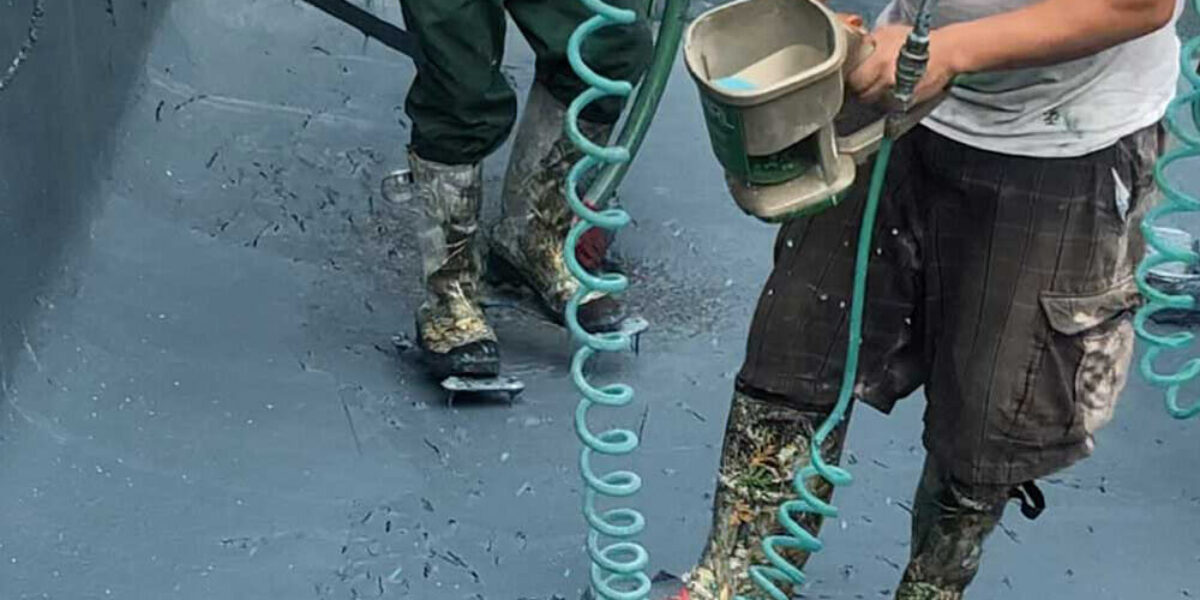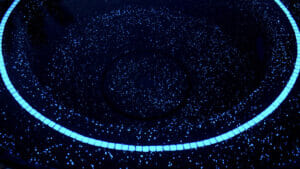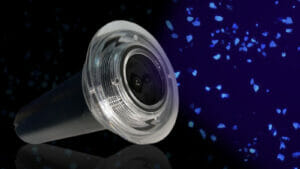Not a day goes by where we don’t get asked by contractors how our aggregates are applied to various pool surfaces. We love this question because it opens the doors to other conversations about various aggregate broadcasting tips and techniques that can be used to increase the design aesthetics of the pool.
First, let’s talk about the basics of real quick before we get to the good stuff. In short, our aggregates must be broadcast (thrown) onto the surface when the plaster is still very wet and still needs a lot of smoothing. Usually, broadcasting is optimal after the plaster has been pumped into the pool from the truck and the workers have troweled over the surface a couple of times to smooth it out.
VERY IMPORTANT!
Do not mix Element Glo Aggregates with plaster and pebbles on the truck prior to applying to the pool surface. Doing this will cause 95% or more of our aggregates to be buried below the surface.
Broadcasting Element Glo aggregates is a pretty simple task but there are some techniques the workers can use to apply them that will give you some beautiful results.
When workers apply these five aggregate broadcasting tips, you can expect the results to be consistent and aesthetically pleasing in all areas of your pool:
5 Aggregate Broadcasting Tips to Follow for the Perfect Glow Application
1. Spread the Aggregates Using a Hand-Held Fertilizer Spreader
Yes, broadcasting our aggregates is much like other materials that are broadcast on a wet plaster surface, however, workers must remember that the true results of their broadcasting skills will not be visible until nighttime. Sometimes the workers forget that Eg aggregates glow and 99% of those workers aren’t going to stick around to see the results of their work after dark. It’s very important that they get and even broadcast throughout the entire pool or some inconsistencies can occur.
Using a fertilizer spreader will ensure that an even broadcast occurs over the entire pool surface. Using a hand broadcast method is never as random as a fertilizer spreader and rarely yields the best results.
Here are some great choices on Amazon:
Scotts Wizz Hand-Held Spreader
Scotts Easy Hand-Held Broadcast Spreader
2. Only One Worker Does the Broadcasting (as Opposed to Two, Three, Four, or More)
When pool surface day finally arrives, several workers will work in unison over several hours to apply the most awesome pool surface you have ever seen. The application of Eg aggregates happens toward the beginning of the process, literally within thirty minutes after they workers start applying plaster.
When it comes time to start broadcasting our aggregates, it’s important that the contractor crew designate one (1) broadcaster for consistency reasons. Think about it; if two workers do the job, they need to be completely in sync with what the other is doing so that broadcasting is consistent. Rarely do workers slow down long enough to choreograph their technique with each other. If one person does the job, he/she will remember the consistency they used across the entire surface and will get much better results.
You May Also Like: How to Create a Starry Night Effect in Your Pool
3. Use the Fade Technique
Eg glow rocks look amazing when consistently spread over the entire surface, but if you’re looking for some great effects, you can ask your pool company to get the workers to use the “Fade Technique.”
A great aggregate broadcasting tip is to use the Fade Technique, which is when a worker strategically blends aggregates from a greater saturation to lesser saturation to accent various aspects of the pool surface. For instance, let’s say you want glow aggregates on your walls, instead of applying an even coat of glow crystals from top to bottom, the worker can apply a heavier saturation at the bottom of the wall and less as he/she gets toward the top. The results will yield a lighter saturation toward the surface and a heavier saturation toward the bottom.
Use the Fade Technique to go from shallow areas to deeper areas of the pool; more aggregates in the shallow end and less in the deep end. Using the fade technique from the shallow end to the deep end is the best choice when it comes time to charge the aggregates using a UV light source, the deeper aggregates won’t be as visible. Therefore, it makes more sense to “fade” to a lesser saturation in the deeper end of your pool.
4. Use a Masking Technique
It’s common for homeowners to order aggregates to apply on steps, sundecks, spas, and other surfaces that are more toward the top of the water. When applying aggregates to the walls of steps (vertical application), some of the aggregates will not stick when broadcasted and they will fall to the level below, which can create inconsistency in the application.
The best thing to do is have the workers use some plastic sheeting, which will be abundantly available on-site, to mask areas where the aggregates that didn’t stick may fall. This technique is especially important on the bottom step if aggregates if you don’t want them on the bottom floor. Remember, during the day the aggregates look great, but if you don’t use masking, you may see some rogue aggregates that landed in some areas you may not have wanted them. A few are okay, but a lot may be undesired.
 5. Practice Hand-Broadcasting
5. Practice Hand-Broadcasting
Although we strongly recommend using the fertilizer spreader method as explained above to get the best results, we have seen some workers use the technique described below.
The technique of hand-broadcasting our aggregates is different than the techniques you use to broadcast other materials such as abalone shell. We strongly recommend that workers use an open hand technique rather than deliberately aiming at small, precise areas. The application of aggregates should be broad and random, not aimed.
The open hand technique is easy; grab a handful of aggregates and right as you swing your arm to throw them and get to the point that you’re ready to release them, open your hand like an eagle claw. Doing this will make the aggregates scatter and be less precise on where they stick or land. Also, it’s important to do this from at least three feet away from the surface as getting any closer will leave streaks and not give you an educated view of how well the aggregates are dispersed. Broadcasting is always better from a distance and not up close.

 5. Practice Hand-Broadcasting
5. Practice Hand-Broadcasting

